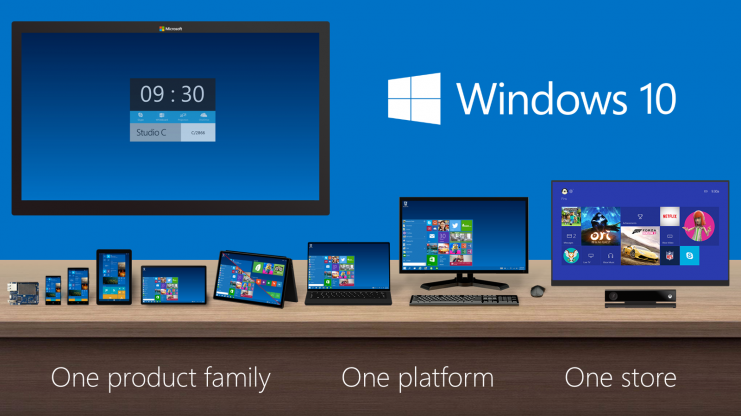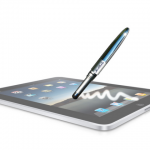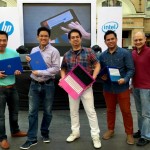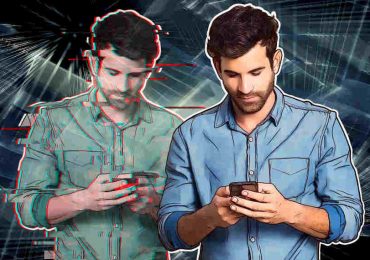Microsoft Corp. unveiled a new generation of Windows featuring wide range of experiences designed to usher in a new era of more personal computing. Windows 10 will be delivered as a service to offer a safer, innovative and updated experience for the supported lifetime of the device. A free upgrade for Windows 10 will be made available to customers running Windows 7, Windows 8.1 and Windows Phone 8.1, who upgrade in the first year.
“Windows 10 marks the beginning of the more personal computing era in the mobile-first, cloud-first world,” said Satya Nadella, CEO of Microsoft. “Our ambition is for the 1.5 billion people who are using Windows today to fall in love with Windows 10 and for billions more to decide to make Windows home.”
Windows 10 marks the beginning of the more personal computing era. In this era, the mobility of the experience matters, not the mobility of the device, and experiences should work in a seamless, familiar way across devices. People should be able to naturally interact with technology as they interact with other people — with voice, gestures and gaze. Protecting privacy plays a pivotal role in delivering trustworthy experiences that put people in control of their experience.
Xbox on Windows 10 lets gamers and developers access the best of the expansive Xbox Live gaming network on both Windows 10 PCs and Xbox One. Players can capture, edit and share their greatest gaming moments with Game DVR, and play new games with friends across devices, connecting millions of gamers around the world. Games developed for the new DirectX 12 application programming interface in Windows 10 will see improvements in speed, efficiency and graphics capability. Players will also be able to play games on their PC, streamed directly from their Xbox One consoles to their Windows 10 tablets or PCs, within their home.
Office universal apps on Windows 10 now deliver a touch-first experience across devices. New versions of Word, Excel, PowerPoint, OneNote and Outlook are designed from the ground up to run on Windows, built for touch, and offer the unmistakable Office experience customers know and love. The next version of the Office desktop suite is also currently in development and Microsoft will have more to share in the coming months.
Additional Windows 10 features and innovations shared includes the Continuum mode where Windows 10 will move easily between keyboard and mouse and touch and tablet as it detects the transition and conveniently switches to the new mode on 2-in-1 devices; and new experience applications, consistent across the device continuum, for Photos, Videos, Music, Maps, People & Messaging and Mail & Calendar. These built-in apps have an updated design that looks and feels the same from app to app and device to device. Content is stored and synced through OneDrive.
“Everything about Windows 10 — the experiences, delivering it as a service and the free upgrade — means that Windows 10 isn’t just another product, it’s an ongoing relationship — one that will give ongoing value to all our customers,” said Terry Myerson, executive vice president of the Operating Systems group at Microsoft. “The new generation of Windows is a commitment — a commitment to liberate people from complex technology and enable them to do great things.”
Windows 10 adapts to the devices customers are using — from Xbox to PCs and phones to tablets and tiny gadgets — and what they’re doing with a consistent, familiar and compatible experience. Windows 10 will run across an incredibly broad set of devices — from the tiniest of sensors as part of the Internet of Things, to servers in enterprise datacenters worldwide. Some devices have 4-inch screens, some have 80-inch screens and some don’t have screens at all. On Wednesday, Microsoft unveiled two devices that will empower customers to experience Windows in incredible new ways.











